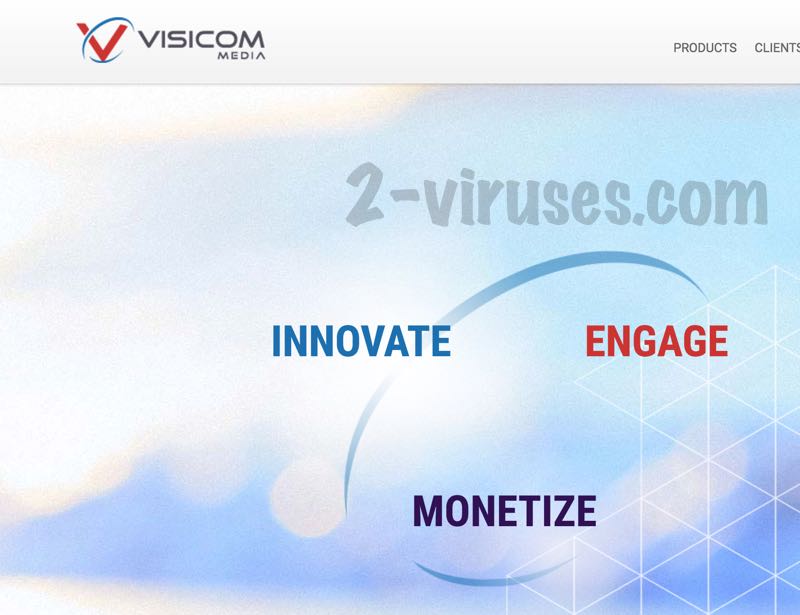Vad R Virus Och Andra Skadeprogram Client Security For Mac
Reflected (nonpersistent) XSS. The script is on the attacker's server Stored (persistent) XSS. the attacker stores the script directly at the trusted server, for example at a discussion page. DOM-based XSS A DOM-based XSS attack is based on the habit of some pages to interpret the document.URL at the client rather than at the server.Attacker embedds script in request URL. This is in contrast to other XSS attacks (stored or reflected), wherein the attack payload is placed in the response page (due to a server side flaw). Stream ciphers - very fast and suited for confidentiality, not data integrity (One-time-pad). Block ciphers - can be symmetric key which are fast, and asymmetric that are slower, both suited for confidentiality and integrity (with some precautions).
Vad R Virus Och Andra Skadeprogram Client Security For Mac
Messages are treated in blocks of characters with fixed block size. The key remains fixed for at least one session. One way functions - fast, only for data integrity. A one-way function is one where it is easy to calculate y = f (x), but computationally hard to calculate x = f^-1(y) (inversen). Exempel hashfunktion. In public-key cryptography, the Station-to-Station (STS) protocol is a cryptographic key agreement scheme based on Diffie-Hellman that provides mutual key and entity authentication. In addition to protecting the established key from an attacker, the STS protocol uses no timestamps and provides perfect forward secrecy.
It also entails two-way explicit key confirmation, making it an authenticated key agreement with key confirmation (AKC) protocol. If Alice shares a key with Trent and Trent shares a key with Bob, then Alice and Bob can use Trent to verify that they exchange key with the right person. Pros of IPsec. IPsec provides security transparently. Upper layers need not be aware that lower layers are more complicated to provide security. IP is stateless and unreliable by construction, but IPsec is stateful. IPsec packets need to be ordered, while IP should not be concerned with packet order or dropped packets Cons of IPSec.
If you obtained a license for the Apple Software from the Mac App Store, then subject. The Diagnostics & Usage setting is found in the Security & Privacy pane.
Cannot be tuned for specific applications. IPsec provides host-to-host (gateway-to-gateway) security, not user-to-user or application-to-application security (as TLS do). The old paradigm had principals (need to be authenticated), actions, and objects The security policy is used to authorize access of a principal to an object, the underlying implicit assumption is that principals are well-known people which fits well in a closed organization.

Users can be held accountable and security policy refers naturally to users, and user identities Rules are stored locally, in ACLs, Enforcement is centralized, Permissions are simple (rwx), System managers are in charge, Users do not participate in systems administration. On the internet you are dealing with people who are essentially unknown to you, so their 'identity' cannot be a basis for access decisions. Their physical location is not available or useful information and you have no authority over them, nor can you hold them accountable. Even if you did know the identity. A legal process would be slow, cumbersome, expensive, or even impossible why user identity cannot be used as basis for access control. Similarly, the source of a request is not useful, on its own. Stack walk = walking through entire stack Lazy evaluation = simplest possible combination (intersection of the permissions of all components in the stack) In the Java Virtual Machine, and in.NET Common Language Runtime, an 'extended call stack' is used to keep track of permissions.
Each frame on the stack holds the local state, including the permissions of that particular software component. When a permission is needed by a component, the entire stack is taken into account through a 'stack walk', where the 'Lazy evaluation' is the simplest possible combination, being the intersection of the permissions of all components in the stack. Assertion = forced permission for a component (if prevented by the stack walk) Sometimes a component really needs a specific permission to do its job and the stack walk may prevent this, for example if a higher-level component lacks the permission. In that case, there usually is a possibility to force a permission for the component, to assert the permission. This means that a call to the component gives access, even to an untrusted calling component. Because of this, you should build in defenses when you assert permissions. Optimization can be 'tail call elimination'.
When using the stack for security, evaluation changes the requirements on the stack. When a component is called at the end of the calling component, the frame of the calling component is usually replaced by the new frame.
But this now removes the permissions in that frame, alternatively, removes restrictions in that frame In 'eager evaluation' (the counterpart of lazy), the callers' rights are also tracked separately from the stack, as the 'current permissions'. Kerberos is a computer network authentication protocol that works on the basis of 'tickets' to allow nodes communicating over a non-secure network to prove their identity to one another in a secure manner. The protocol was named after the character Kerberos, the ferocious three-headed guard dog of Hades (hellhound).

Its designers aimed it primarily at a client-server model and it provides mutual authentication—both the user and the server verify each other's identity. Kerberos protocol messages are protected against eavesdropping and replay attacks.